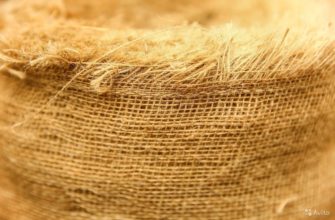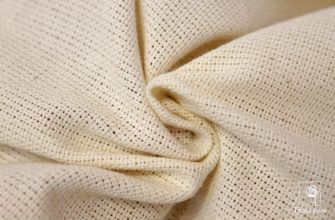Double-thread footer is popular in the sewing industry. It is used to produce clothes for sleep, leisure and everyday wear. The demand for the material is due to its excellent characteristics, high quality and natural composition.
Double-thread footer - what is it, what is it made of
Two-thread footer is a dense material. But despite this, the fabric is soft and stretches well. The front side is smooth without shine, ribs and pile, the outer side can be jersey. In this case, a small rib will be visible, reminiscent of a braid.
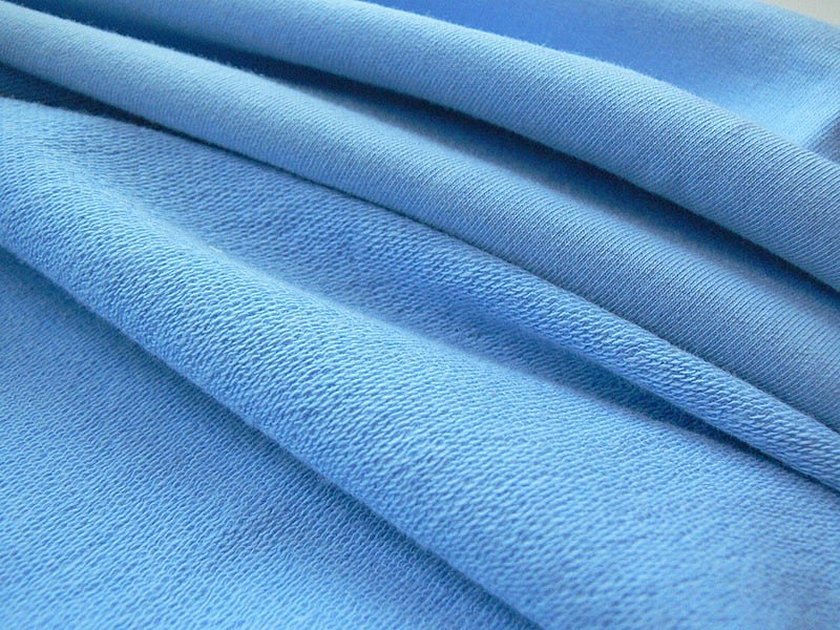
Today you can find a huge number of colors of this dense fabric. The material can be plain or with different patterns.
Please note! The fabric consists mainly of cotton, the proportion of which in the composition may vary. If the two-thread consists only of cotton, the product will not be elastic, which significantly worsens its use.
That is why manufacturers most often add polyester, spandex, viscose or lycra to footer. The composition of two-thread can also include wool, which allows the use of clothing in the cold season.
History and process of making fabric
The date of appearance of the material popular in the sewing industry is unknown. Some are of the opinion that the two-thread footer appeared in the post-war period. Others believe that the material was first used a little earlier, back in the 1930s, outside the Soviet Union. Experts are sure that none of the versions reflects the real picture. According to them, the two-thread footer has Indian and Egyptian roots.
It is only known for sure that the name of the popular material is of German origin. The word "Futter" means "lining fabric". The name of the person who invented the fabric is also unknown.
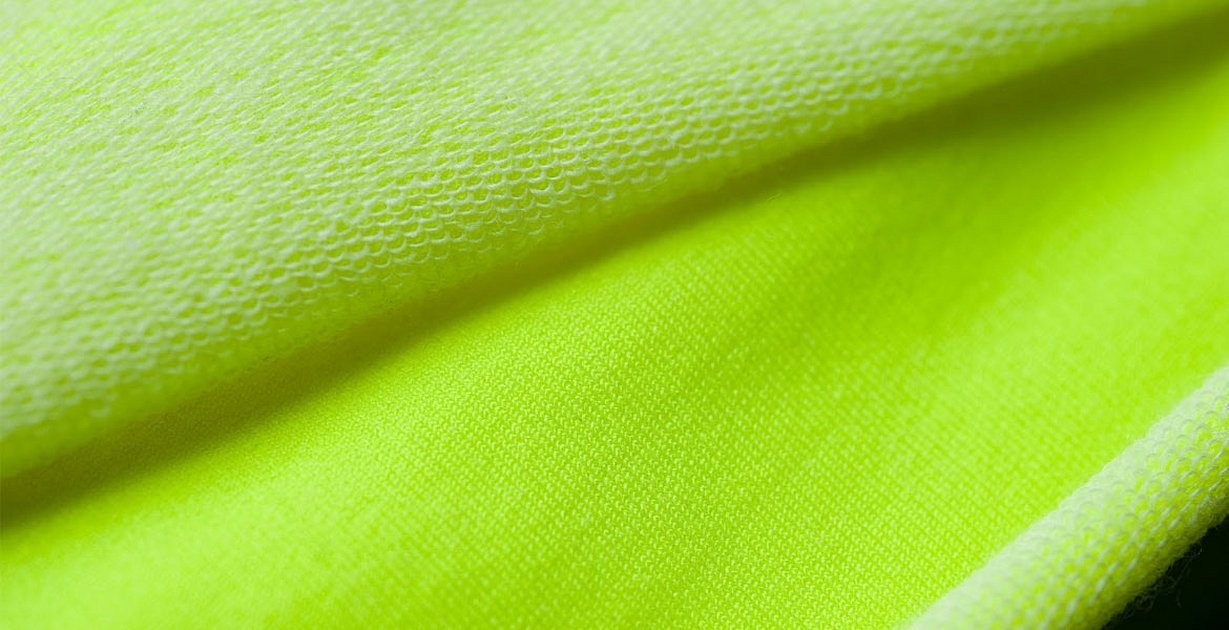
Types of fabric and areas of its application
There are several types of footer, each of which has its own distinctive characteristics and properties:
- Single-thread - a thin material that consists of natural fibers. The back side of the fabric is soft. This type of footer is ideal for sewing children's clothing.
- Two-thread - fairly dense knitwear. In addition to cotton, it contains synthetic fibers. The most popular material is one that contains lycra. On the reverse side there is a smooth pile. The material is ideal for making home clothes, as well as clothes for sports, sleep and leisure. Very often, manufacturers use this type of footer as a lining.
- Three-thread is a durable material that contains about 20% synthetics. The pile on the back side is thick. Three-thread footer may contain wool. Three-thread is used for sewing outerwear, insulated suits and sleeping bags.

For your information! All three types are popular among manufacturers and are widely used for sewing everyday clothes.
Two-thread footer can be of several types:
- with a brushed back;
- with looped backing;
- two-thread combed footer.
Each of the listed has its own distinctive features. Two-thread footer with a napped back got its name due to the presence of nap on the back of the product. Clothing items made from such fabric are quite soft and warm.
The material with a looped back has a rather loose reverse side. The roughness of the reverse side is compensated by the smooth outer side.
Penye is a strong, dense material with a smooth front side and a soft fleece on the back. Very warm, cozy material.
What is sewn from 2-thread footer
Two-thread footer is a practical material.
It is ideal for sewing:
- children's clothing: bodysuits, rompers, undershirts and bonnets;
- casual wear;
- bed linen;
- insulated underwear;
- suits for sports and physical education;
- dressing gowns and other clothing for home and housekeeping.

Important! Items made from footer are highly wear-resistant and practical.
2-thread and 3-thread footer: the difference
The main difference between a two-thread footer and a three-thread analogue is the composition of the fabric and its strength. The latter contains about 20% synthetic additives. Most often, wool is added to a three-thread, while lycra and viscose are added to a two-thread. Therefore, a two-thread material is less durable than a three-thread analogue.
A significant difference is also the area of application. Three-thread is used to make outerwear, and two-thread is used for home wear: shorts, T-shirts, dresses and dressing gowns. It is also not difficult to distinguish three-thread from two-thread by external indicators.
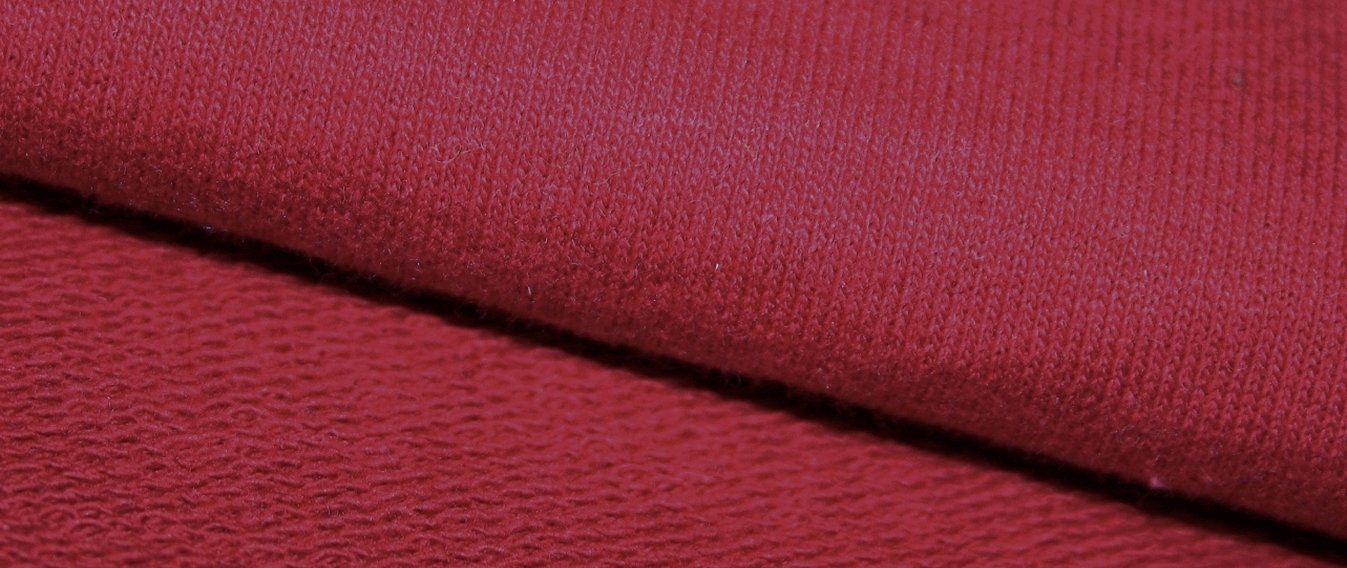
Positive and negative properties of fabric
Double-thread footer has many positive properties:
- softness and elasticity with sufficient strength of the material;
- the fabric breathes and wicks moisture away from the body surface;
- low thermal conductivity;
- the material does not wrinkle or stretch;
- easy to use;
- durable in operation;
- pleasant texture, no unpleasant sensations when wearing clothes made of footer;
- wear resistance.
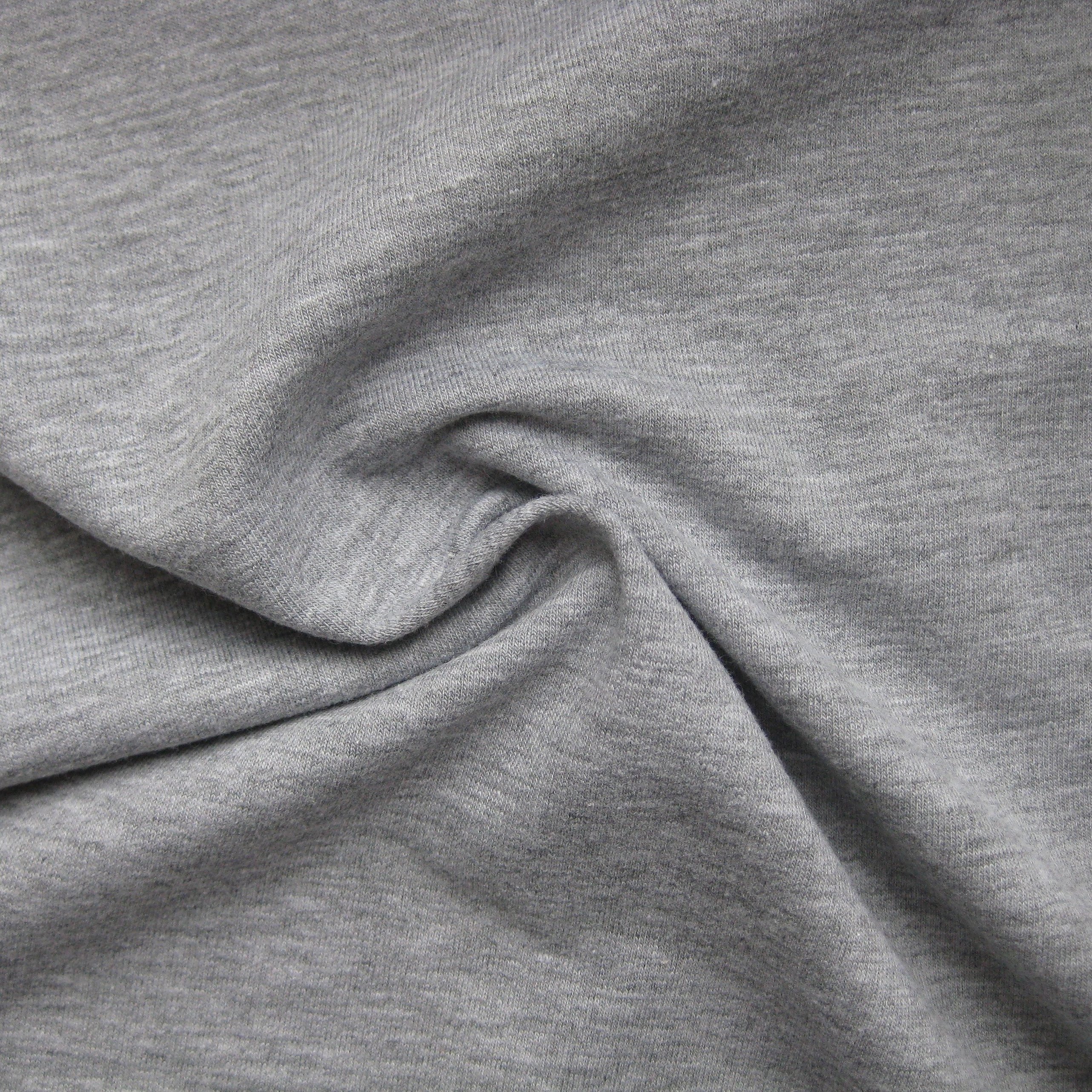
The above-mentioned advantages of two-thread allowed the material to occupy its niche among other fabrics for the production of clothing and various household items.
The fabric has its drawbacks. For example, the material, which contains only cotton, quickly wears out and shrinks after washing. The pile located on the back of the product rolls up quite quickly.
Important! Under the influence of high temperatures, a footer product may lose its original appearance and become deformed. It is recommended to give preference to hand washing or washing at a low temperature of no more than 30 °C.
Basic rules of care
In order for products made of 2-thread footer to retain their original appearance for a long time, it is necessary to provide proper care for clothing items made of this material. Before sending the product to the washing machine, it is necessary to turn it inside out. It is recommended to wash clothes at a temperature of no more than 30 ° C. If machine washing is implied, it is best to choose a delicate mode.
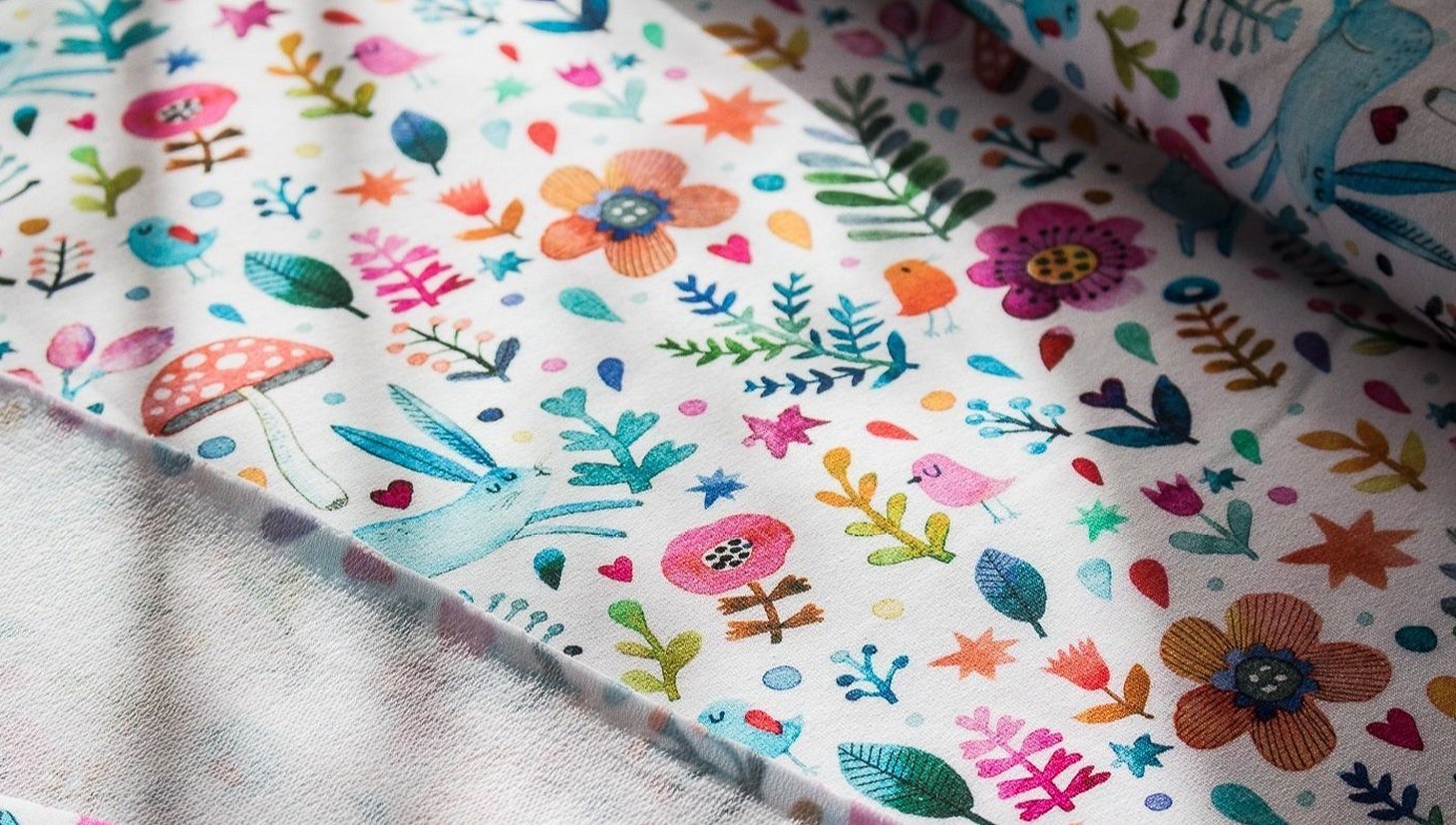
Please note! It is very important to choose the right detergent. It should fully correspond to the quality of the fabric. Before buying powder or liquid gel for washing, you need to study the recommendations indicated on the packaging.
Drying of washed items should take place away from high temperatures and direct sunlight, otherwise the item will lose its marketable appearance. It is better to avoid ironing items made of two-thread.
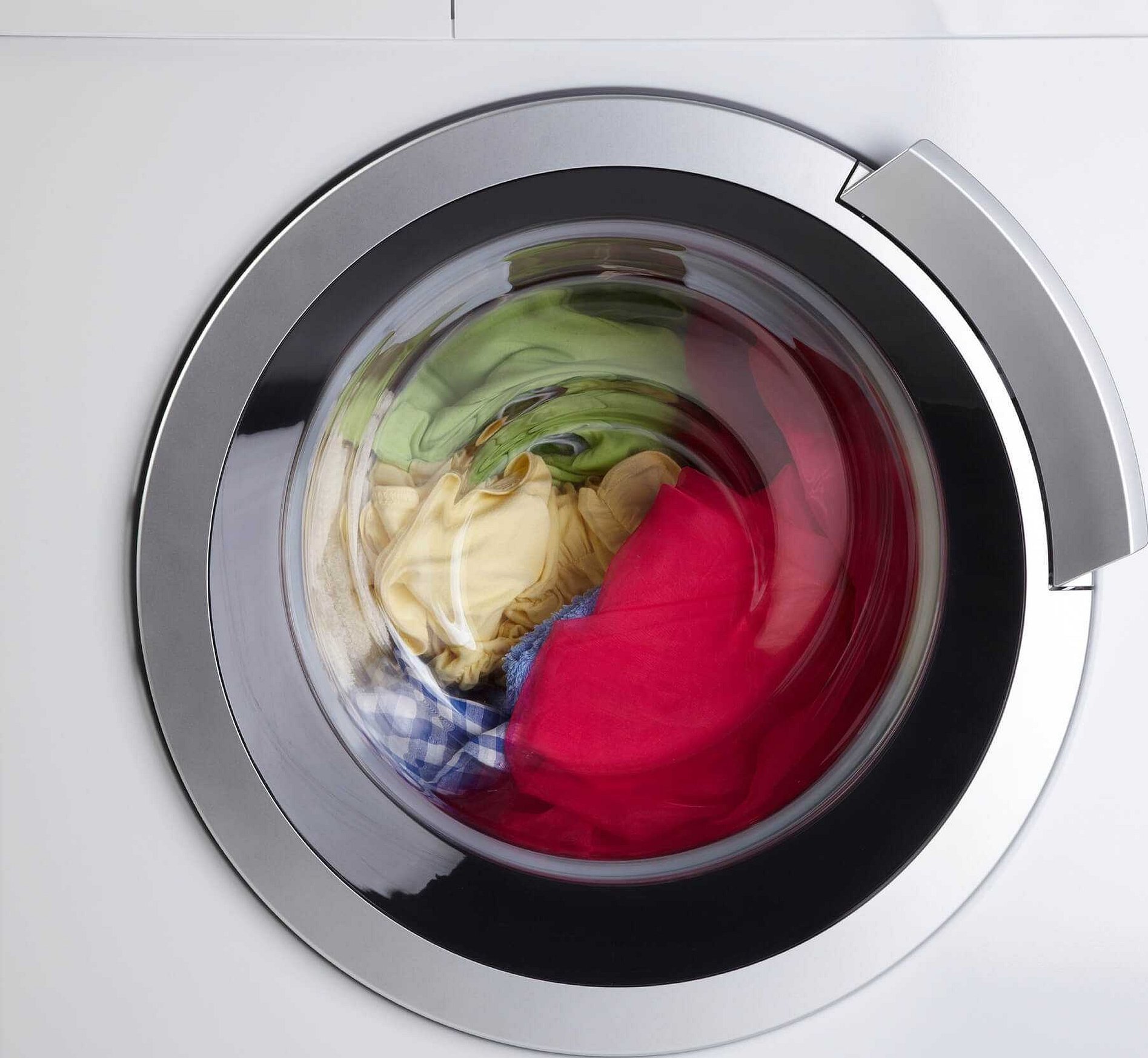
Footer is a versatile material that, with proper care, can retain its original properties and appearance for a long time. The fabric is used to produce many items of clothing, including children's. However, in order for the products to last as long as possible, you need to choose wardrobe items made of high-quality footer.



